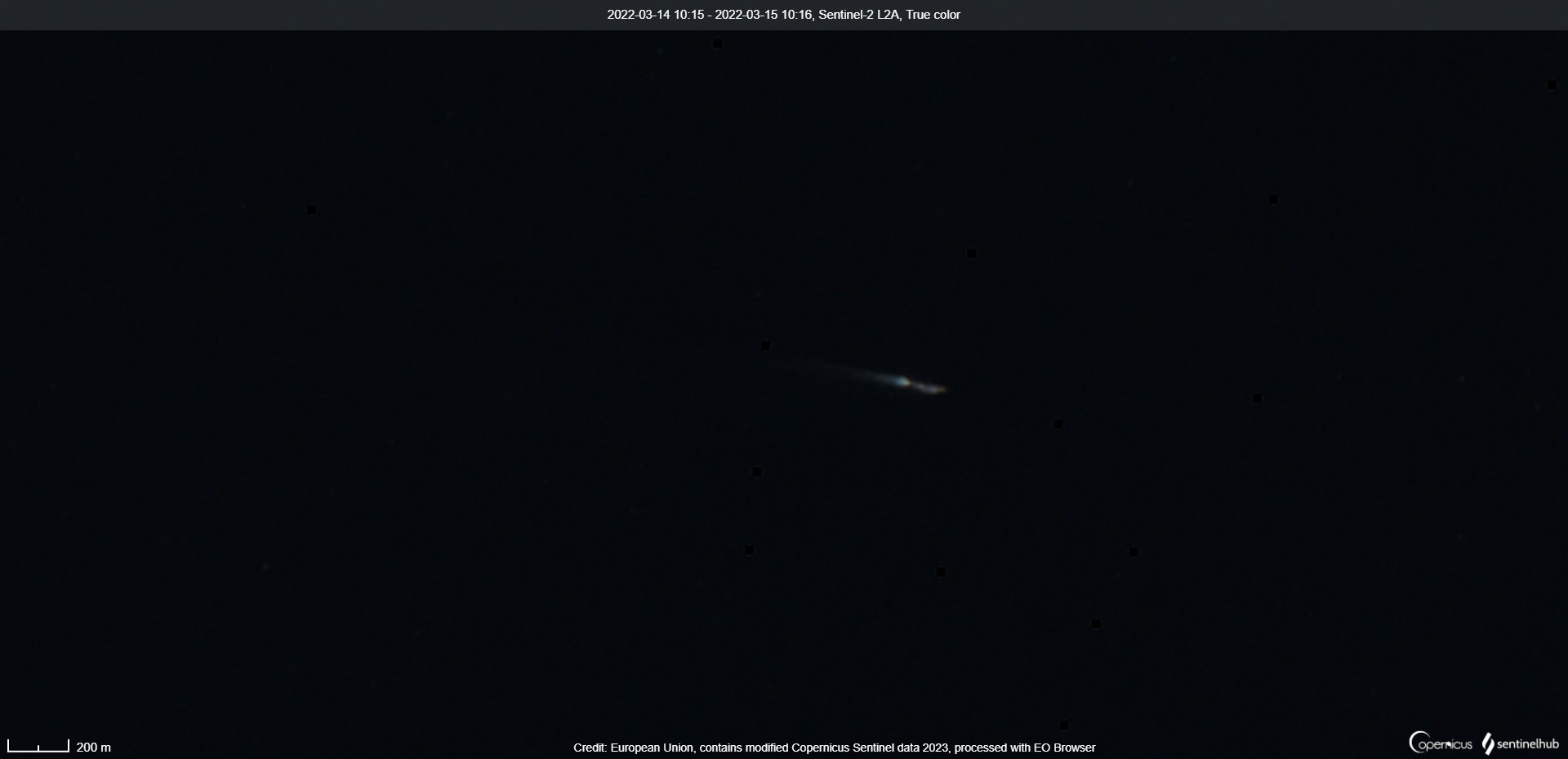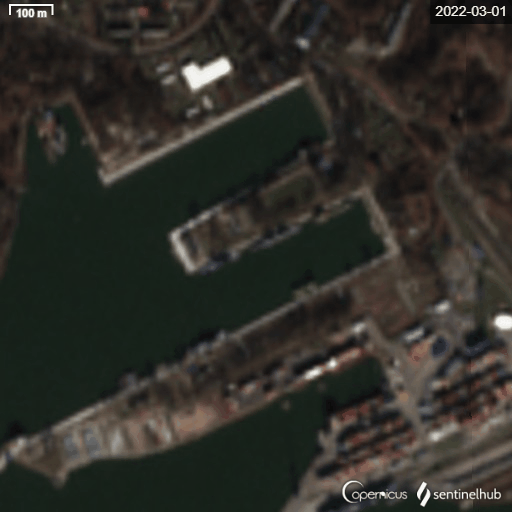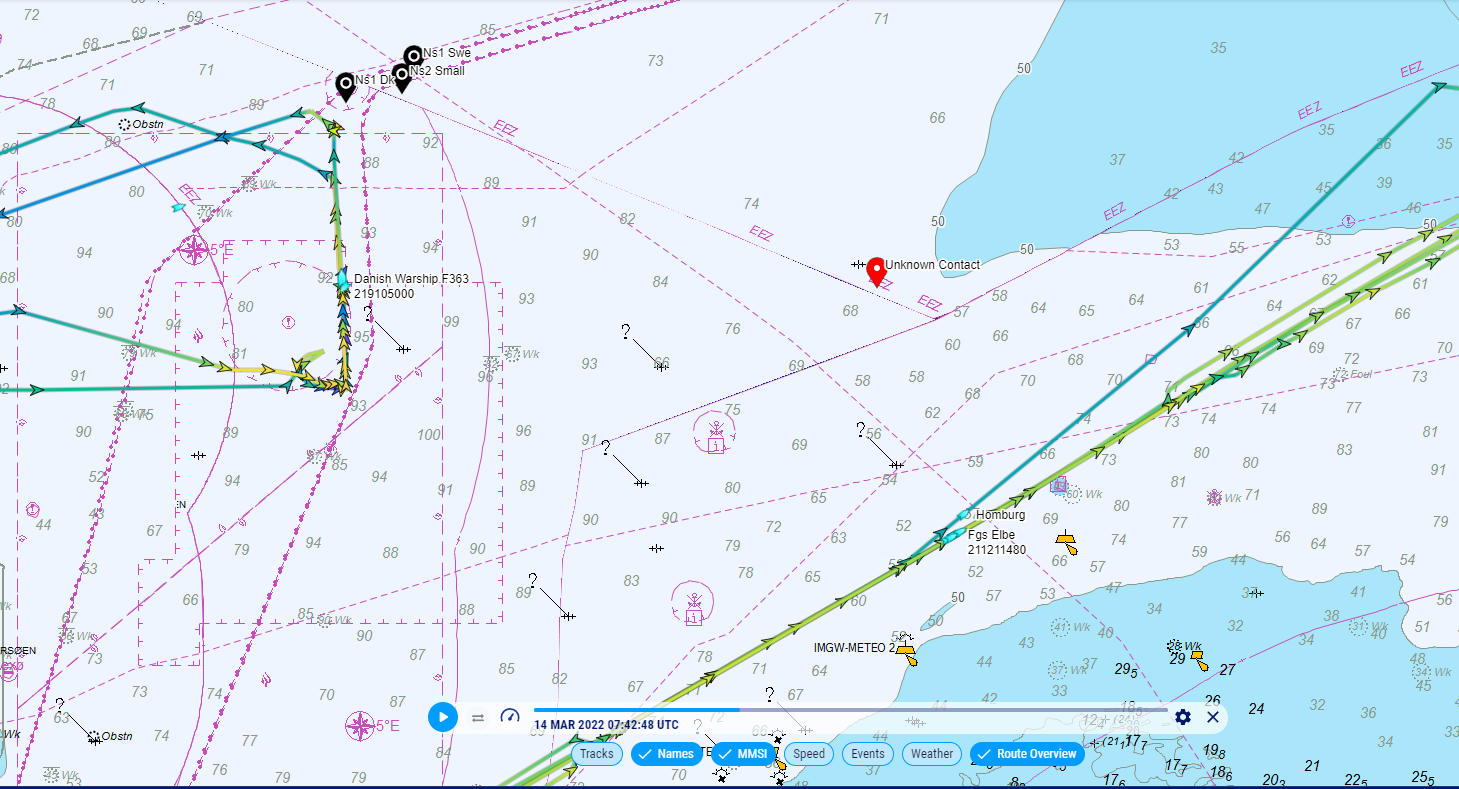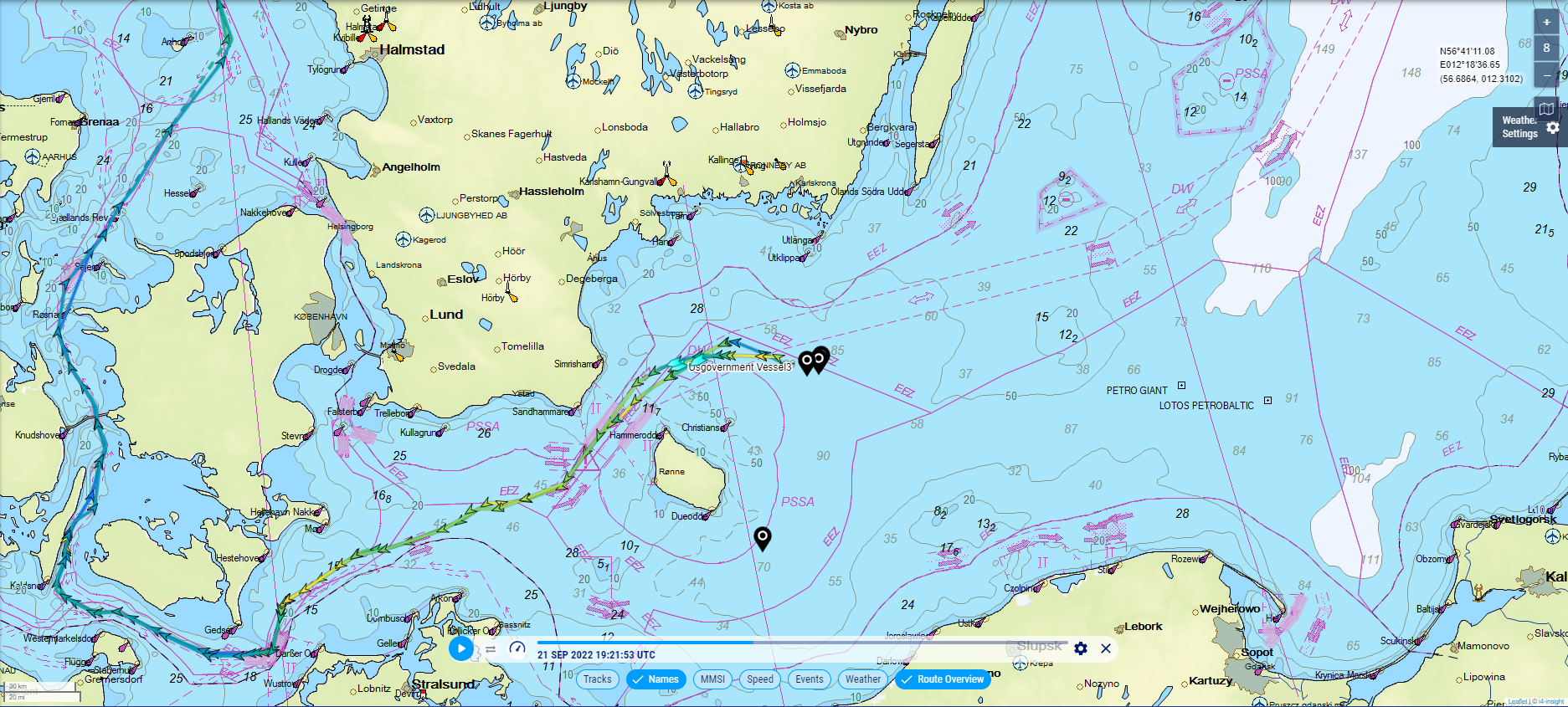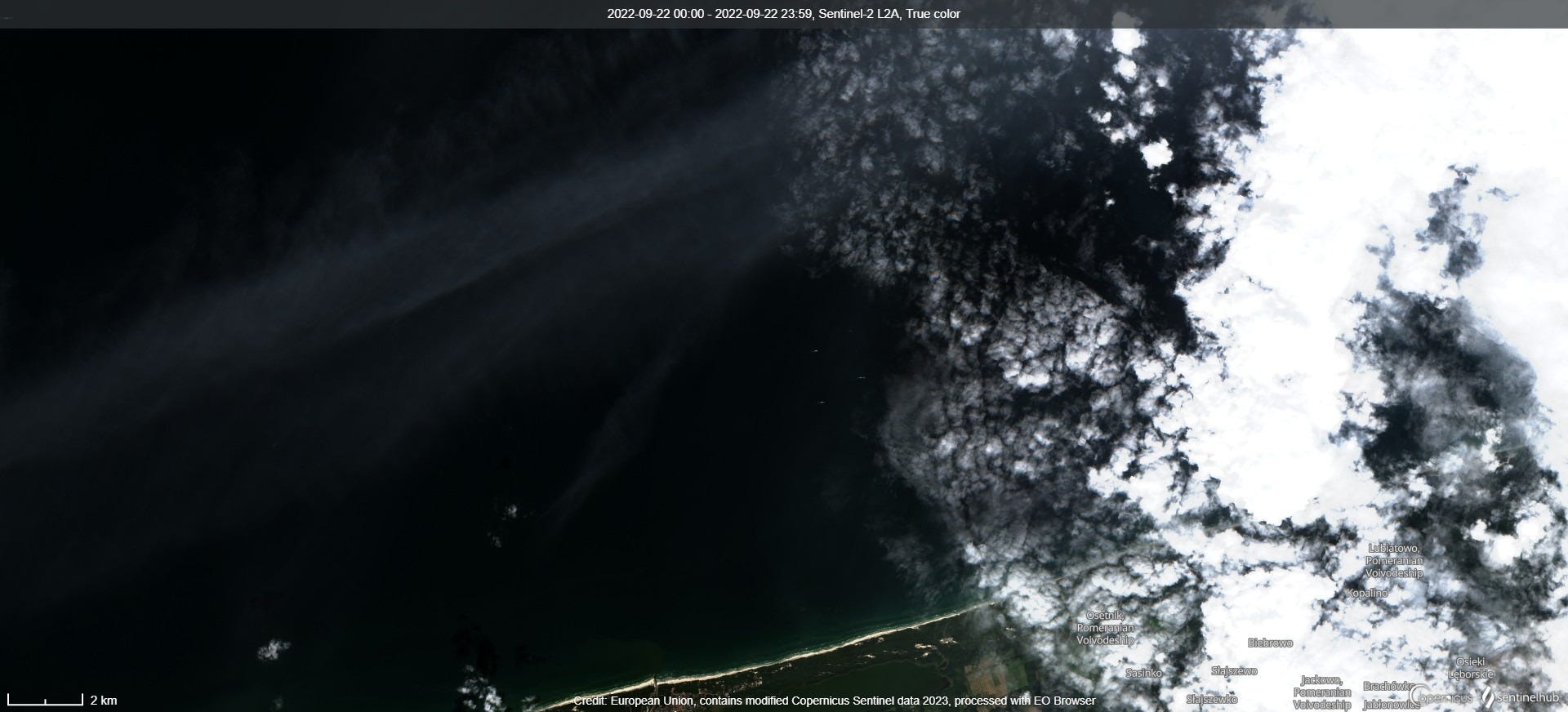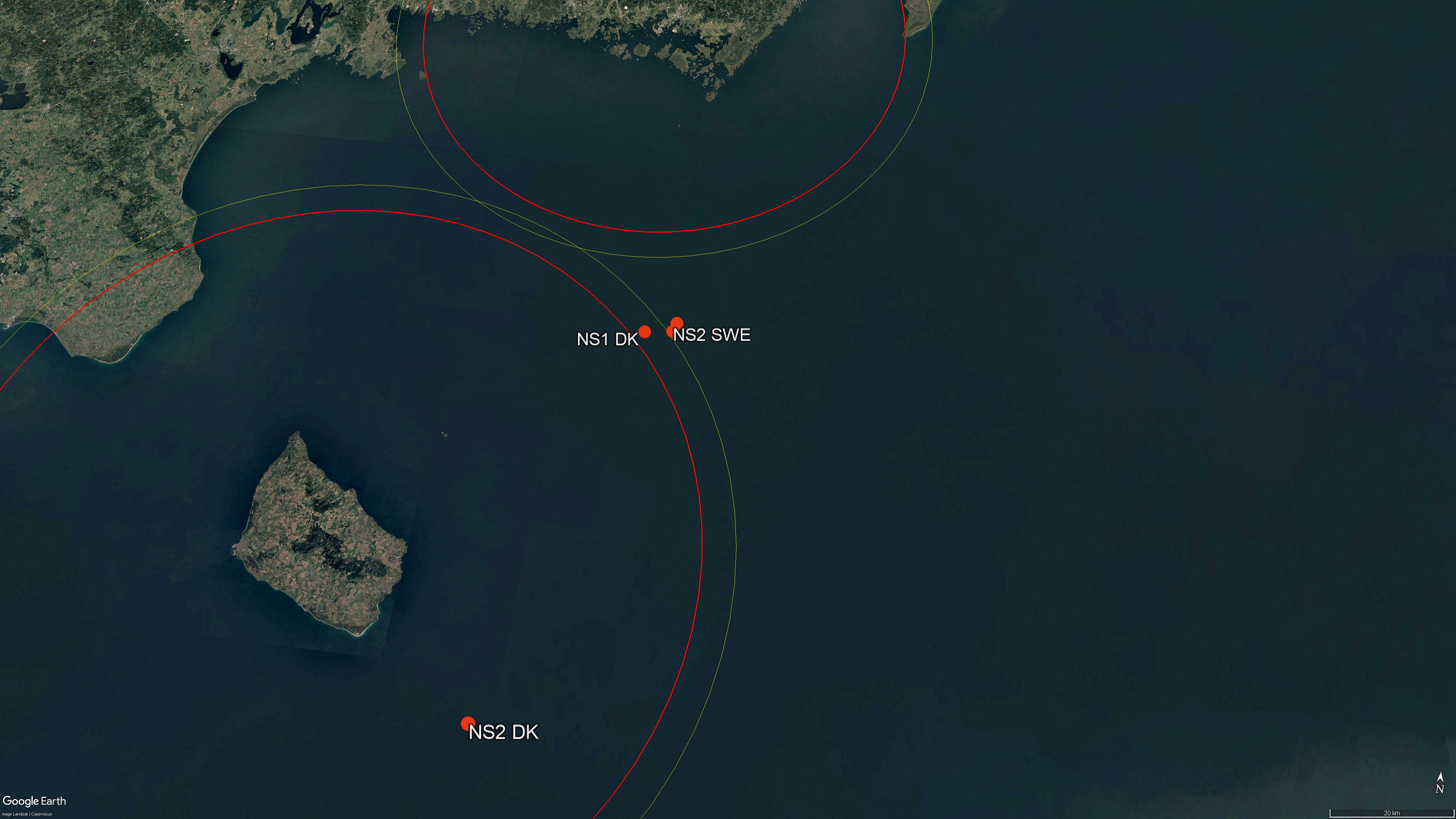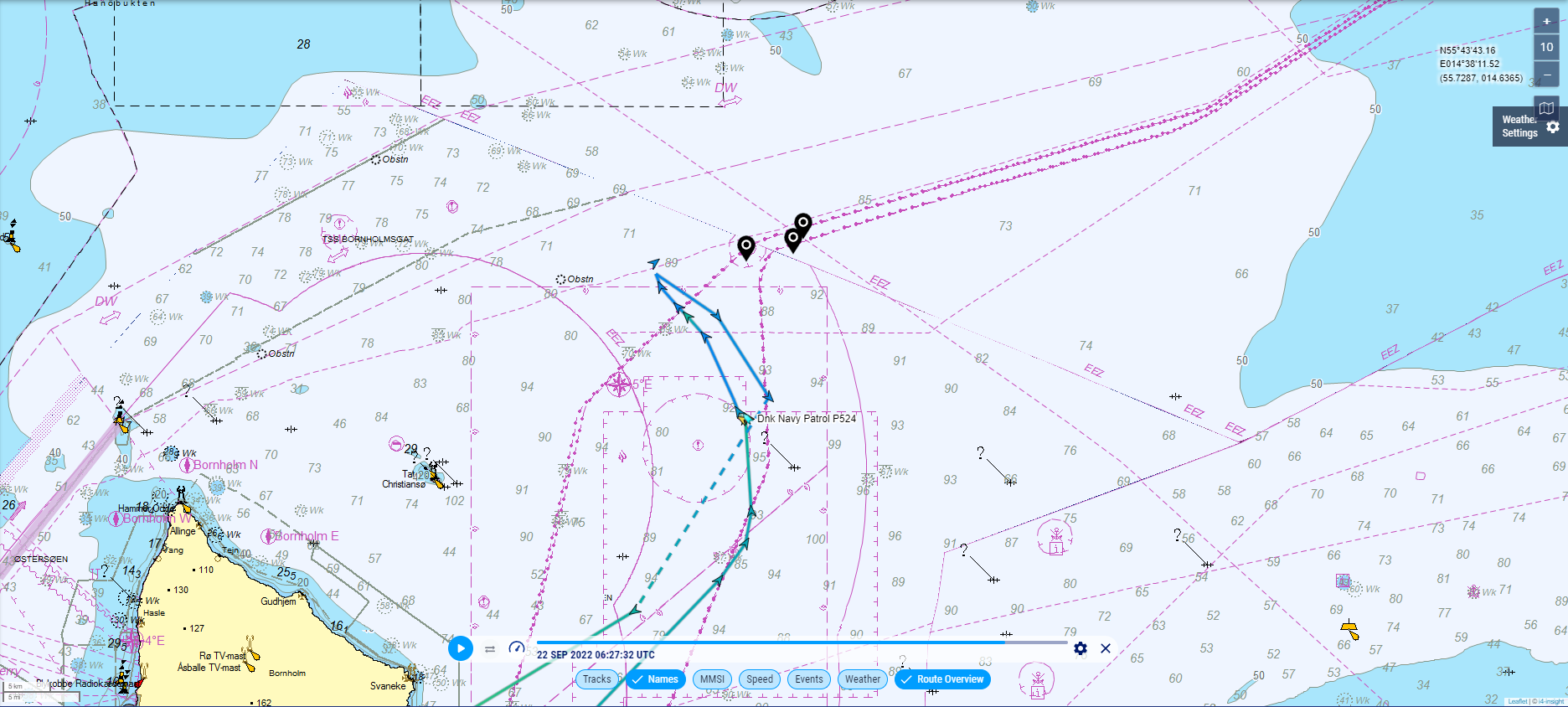Part I: Two Instances of Possible Russian Naval Activity at the Nord Stream Sabotage Site in 2022
The Royal Danish Navy has only expressed interest in the area of the Nord Stream 1 explosions prior to the blasts twice in the past 5 years. Both times happened in 2022.
If you enjoy my content, please consider supporting my work here and on Twitter with a premium Substack subscription. I keep all my OSINT related content freely available so that everyone can benefit from the information shared.
This will be the first of two posts this week detailing possible Russian naval activity around the Nord Stream sabotage site in 2022 prior to the explosions. The second post will go live later this week and contain several more details regarding the events.
Looking at all available AIS data going back 5 years, there are only two times where Royal Danish Navy ships appear to have shown any interest in the site of the Nord Stream 1 explosions prior to the blasts. These two events both happened in 2022, after Russia’s invasion of Ukraine. The first of the two events was March 14th 2022, with the second happening less than a week prior to the Nord Stream explosions on September 22nd 2022.
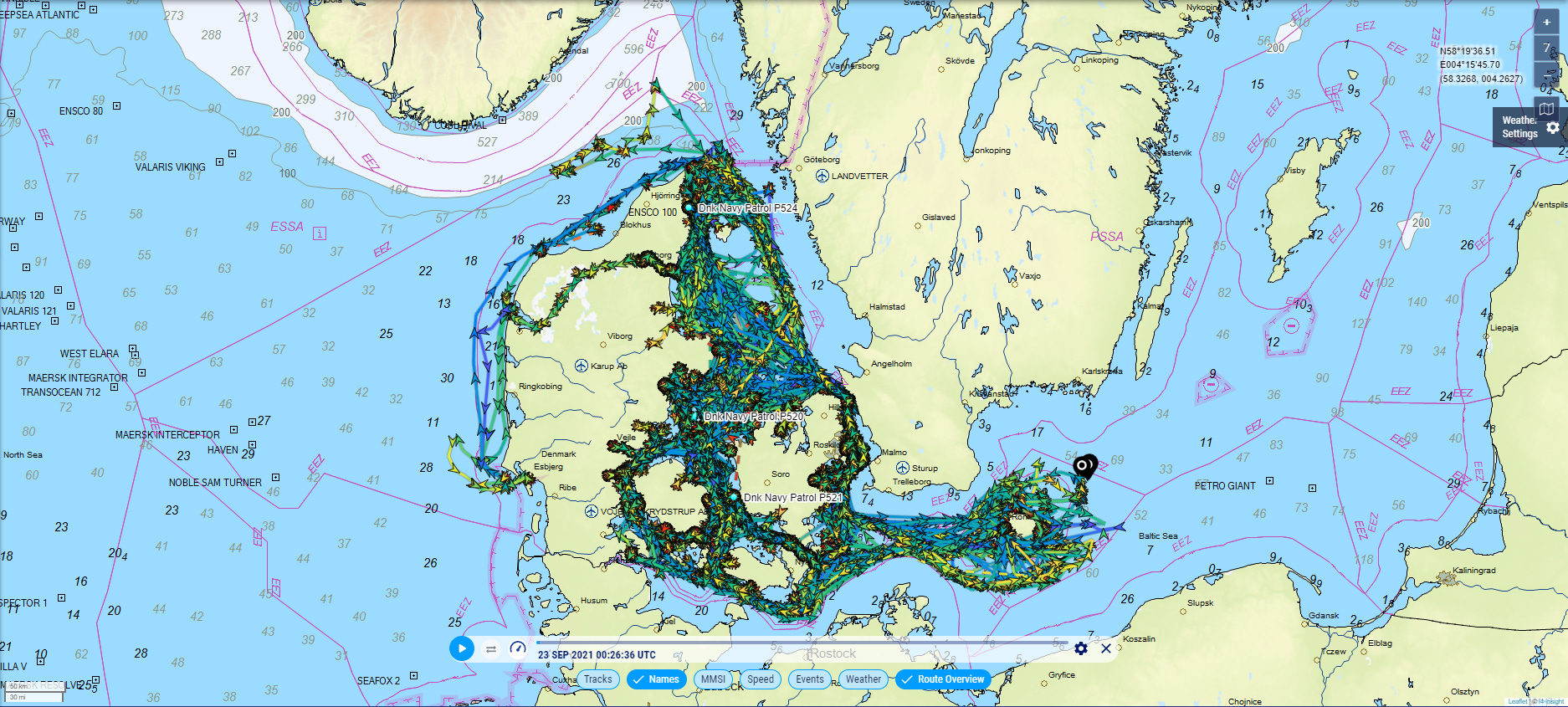
March 14th 2022
On March 14th 2022 at 00:00 UTC, both the Royal Danish Navy Diana-class patrol vessel P523 Najaden and Iver Huitfeldt-class frigate HDMS Niels Juel (F363) were at anchor just off the western coast of Bornholm.
At 04:15 UTC the P523 sets sail with the HDMS Niels Juel (F363) leaving 15 minutes later at 04:30 UTC. They immediately sail due east were at 06:55 UTC a RIB (MMSI: 219021078) is deployed from the HDMS Niels Juel (F363) that immediately vanishes off AIS after being launched.
From here both vessels head north until they approach the edge of the Danish EEZ just south of what would become the site of the Danish Nord Stream 1 explosion. Here the HDMS Niels Juel (F363) lingers for around 7 minutes, likely recovering the RIB that was deployed earlier. After this both vessels turn west and leave the area, returning to the western coast of Bornholm.
At 10:15 UTC, 1 hour and 45 minutes after the Danish vessels turn back, Sentinel 2 imagery picks up an unknown contact with no AIS approximately 46km southeast of the Nord Stream 1 blast sites heading southeast parallel to the Danish/Swedish EEZ border on the Swedish side.
Roughly measuring the vessel from the low resolution Sentinel 2 imagery, it is approximately 130 meters long and has a beam of 15 meters. This matches the dimensions of a Russian Neustrashimy-class frigate, which would also be fast enough to get to this location in the allowed time. The Neustrashimy-class frigate has a length of 129 meters and a beam om 15.4 meters. At this period of time in March 2022 only one Russia only had one active Neustrashimy-class frigate, the Yaroslav Mudry.
Sentinel 2 imagery from the Russian naval base in Baltiysk shows that the Yaroslav Mudry left port sometime between March 1st and March 3rd and returns again between March 13th and 18th. This means that it is very likely that the unknown contact is the Yaroslav Mudry.
AIS data from March 14th shows that a group of five German Navy vessels was heading from Rostock to Riga at the same time as the Royal Danish Navy vessels moved to investigate the area around Nord Stream. As the Royal Danish Navy vessels turned north towards the site, one of the five German vessels, the Frankenthal-class minehunter M1069 Homburg broke off towards the edge of the Swedish/Polish EEZ.
The Homburg would wait at this location for a few hours before continuing northeast. For the entire duration of the group’s travel through the Polish EEZ, the Homburg would remain north of the rest of the ships staying close to the EEZ border. I suspect the Homburg was keeping tabs on the Yaroslav Mudry.
September 22nd 2022
On September 21st 2022 a large number of events were happening simultaneously in the Baltic. Firstly the USS Kearsarge (LHD-3) Wasp-class amphibious assault ship, USS San Antonio (LPD-17) San Antonio-class amphibious transport dock and USS Gunston Hall (LSD-44) Whidbey Island-class dock landing ship left the Baltic Sea.
Secondly a Russian naval exercise taking place in the Baltic began on the 21st September involving a significant portion of the Russian Baltic Fleet.
At the same time as this Poland and several other countries launched the naval exercise Rekin-22, also in the southern Baltic. Several vessels from this exercise are caught on Sentinel 2 imagery just off the coast of Poland heading east at 10:05 UTC on September 22nd.
The following map shows the approximate radar target visibility range due to the horizon for the Danish Scanter 4000 located on Bornholm and the estimated location of the nearest Swedish coastal radar system. The red and yellow circles are dependent on the height of the target. As can be seen, depending on the circumstances, the Northern Nord Stream sabotage sites are just outside the Danish radar’s detection range. I don’t expect this to be a coincidence. Again though the Southern Nord Stream 2 rupture site shows just how out of place it is compared to the other three locations.
At 19:50 UTC on September 21st, the Royal Danish Navy Diana-class Patrol Vessel P524 Nymfen left Rødbyhavn and headed directly towards the Nord Stream 1 sabotage location. The P524 Nymfen was the closest Royal Danish Navy vessel, after the P523 Najaden left Bornholm on March 17th. The P524 Nymfen heading straight for the Nord Stream 1 sabotage location overnight is highly unusual, as this would be only the second time in many years that a Royal Danish Navy vessel has taken an interest in the area. The Minerva Julie spending a week drifting over the area caused no response by the Royal Danish Navy.
The P524 Nymfen arrived in the area at around 06:15 UTC on September 22nd. Here the P524 lingered for approximately 30 minutes before moving closer to the area. It then turned back before deactivating its AIS at 07:44 UTC. The AIS would remain off until 14:37 UTC when the P524 would be on its way back to Bornholm.
I suspect that the Royal Danish Navy could have been alerted either by the radar station on Bornholm or another external factor of suspicious activity just prior to the P524 leaving Rødbyhavn. The Nord Stream 1 sabotage site is only a few nautical miles from a very active shipping lane, so it would require something quite abnormal to elicit this response. Whatever it was was also well timed if one wanted to avoid detection, as the P524 would not arrive near the site for more than 10 hours due to the required travel time.
At 07:12 UTC on September 22nd, a Swedish Air Force S 100B Argus airborne early warning and control (AEW&C) aircraft would take off from Malmen Airbase and fly a highly unusual route over the Baltic Sea. While Swedish AEW&C flights over the Baltic Sea are very routine, often taking off at the same time in the morning, this particular flight path is not routine. At 08:36 UTC the aircraft would reach the position indicated on the track below before flying to Ronneby Airport for a 30 minutes, likely to refuel.
Almost immediately after the aircraft reached the point above, the HSwMS Visby (K31) Visby-class corvette left port at Karlskrona naval base and sped towards the site of the Nord Stream 1 sabotage, reaching speeds of over 27 knots. From here over the next few days the HSwMS Visby (K31) would make several trips east, including one towards Kaliningrad while also disabling AIS multiple times for several hours at a time.
In conclusion, it appears highly probable that there were two instances in 2022 prior to the Nord Stream sabotage where Russian vessels came in close proximity to the site of the sabotage before being chased from the area by Danish and Swedish naval vessels.
There is more information to be added to this story in the very near future that I unfortunately cannot share until later this week, which will provide a large amount of additional details.







